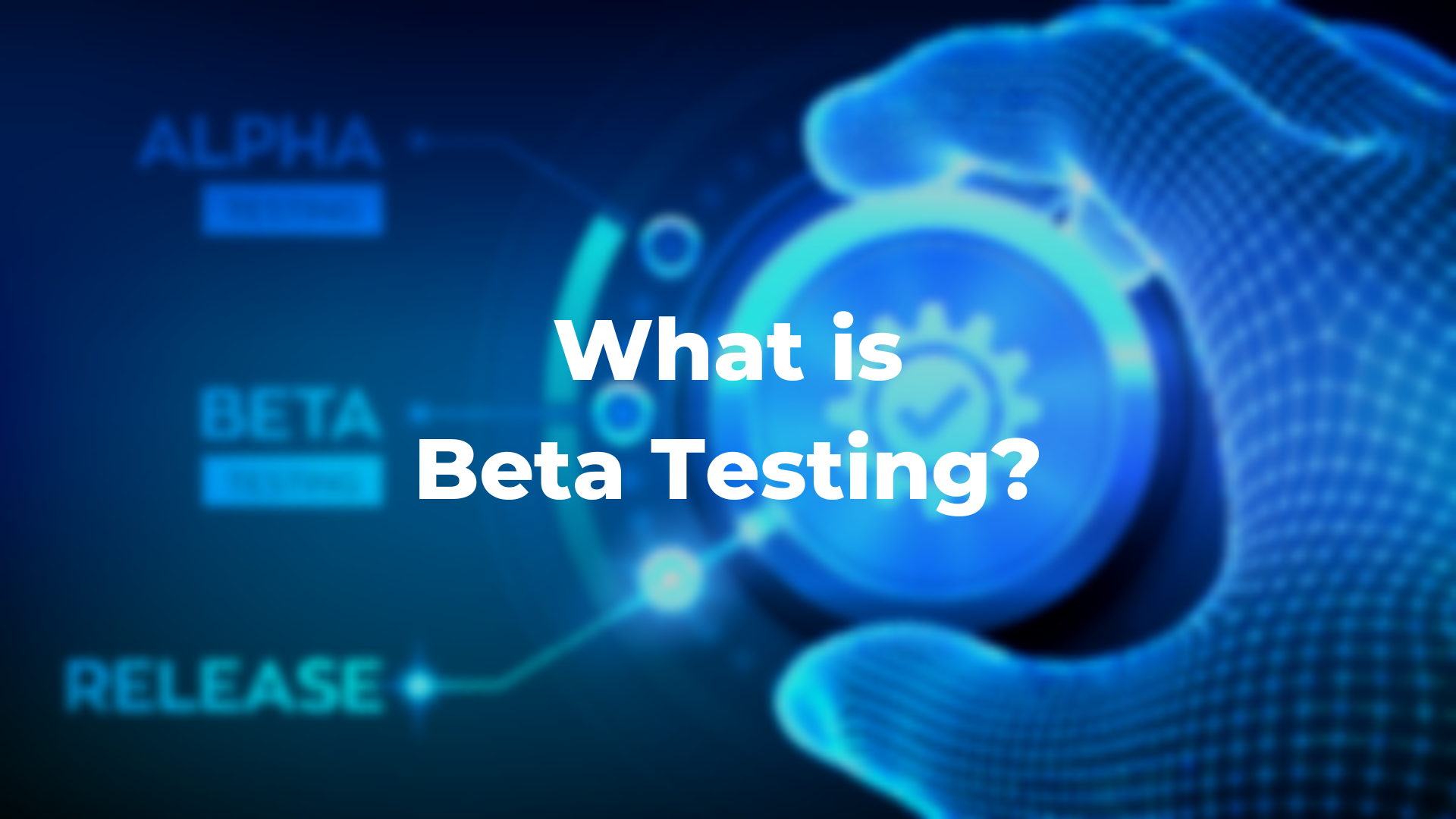Bringing a technical product to market goes through multiple testing lifecycles whether that product be a video game or a financial product and Switch Reward Card is no different. A typical testing flow is Alpha Testing, Closed Beta Testing, Open Beta Testing and then a Public Launch. In this blog we will try to define and describe the differences between these stages as a software or technical product is developed, tested and distributed.
Alpha Testing
Alpha Testing is usually done by a small group of internal employees of an MVP (Minimum Viable Product). This is agreed by everyone that the product needs a lot of improvement and may not contain all of the features that are planned for the final version but should work in concept.
Closed (or Private) Beta Testing
The Closed Beta Testing is the next phase and usually a larger test group which may extend to a “friends and family” audience that can give feedback on improvement UI/UX (User Interface/User Experience) bugs that have been repaired since the Alpha Testing. This can also be used as a “Stress Test”, which is a way to test the scalability of the product with an increased number of users on the product.
Open (or Public) Beta Testing
Open Beta is the next phase and is open to public signup for the product. This phase is intended for the developers to get community feedback and make final adjustments to the product. This more closely resembles a final product and most bugs remaining are non-critical and have been identified and are scheduled to be fixed.
Public Launch
Once all of the above are completed, a product can move to a public launch where all planned product features are working as planned. Once upon a time, when a product was launched that was it. However, now in the age of quickly changing and evolving technology, a technical product is never finally done. Most supported apps have regularly available software upgrades designed to improve performance and the overall user experience. Switch Reward Card will be no different as we will continue ongoing progress with continuous updates, improvements, performances, and new features.
